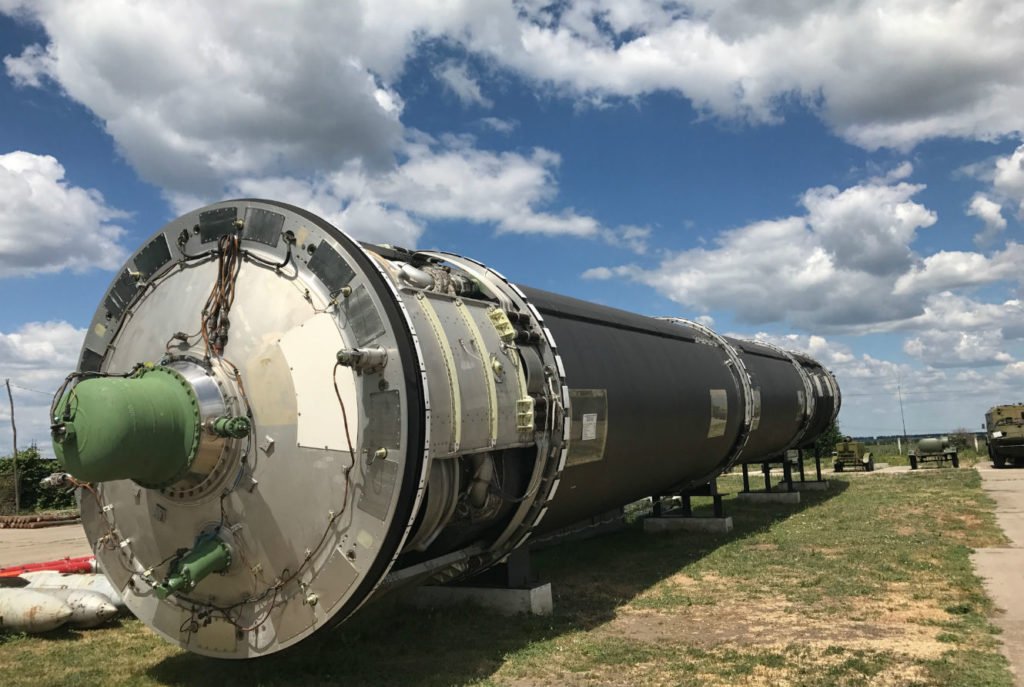(War on the Rocks) (Co-authored with Mariana Budjeryn) On Dec. 25, 1991, Soviet President Mikhail Gorbachev announced his resignation and handed off his nuclear strike authorization unit, the so-called Cheget briefcase, to Russian President Boris Yeltsin. With this final act, the Soviet Union was no more. What remained, however, was Soviet Union’s gargantuan nuclear arsenal and the military-industrial complex that produced it. The problem was that now it was situated not in one, but in four sovereign states: Belarus, Kazakhstan, Russia, and Ukraine. This unprecedented development spurred fears that the biggest wave of nuclear proliferation in history was in the offing, fears that fortunately failed to materialize.
Amid proliferation gloom about North Korea, Iran, and possibly Saudi Arabia, it seems fitting to recall past nonproliferation successes. Ukraine’s case is the most instructive of the Soviet nuclear inheritors. The United States and its allies formulated an expectation that only one nuclear state should emerge from the Soviet collapse, and everyone understood that state to be Russia. While Belarus and, after a short hesitation, Kazakhstan complied with this expectation, Ukraine followed a more convoluted and difficult path.
Ukraine’s initial intention to become a nuclear-free state, recorded in its 1990 Declaration of Sovereignty, gave way to a more nuanced stance soon after the country became independent the following year. As a successor state of the Soviet Union, Ukraine claimed, it was the rightful owner of what amounted to the world’s third-largest nuclear arsenal deployed on its territory: 176 intercontinental ballistic missiles (ICBMs) armed with 1,240 nuclear warheads and 44 strategic bombers armed with hundreds of nuclear-tipped cruise missiles. […]
Read More © War on the Rocks (blog)










